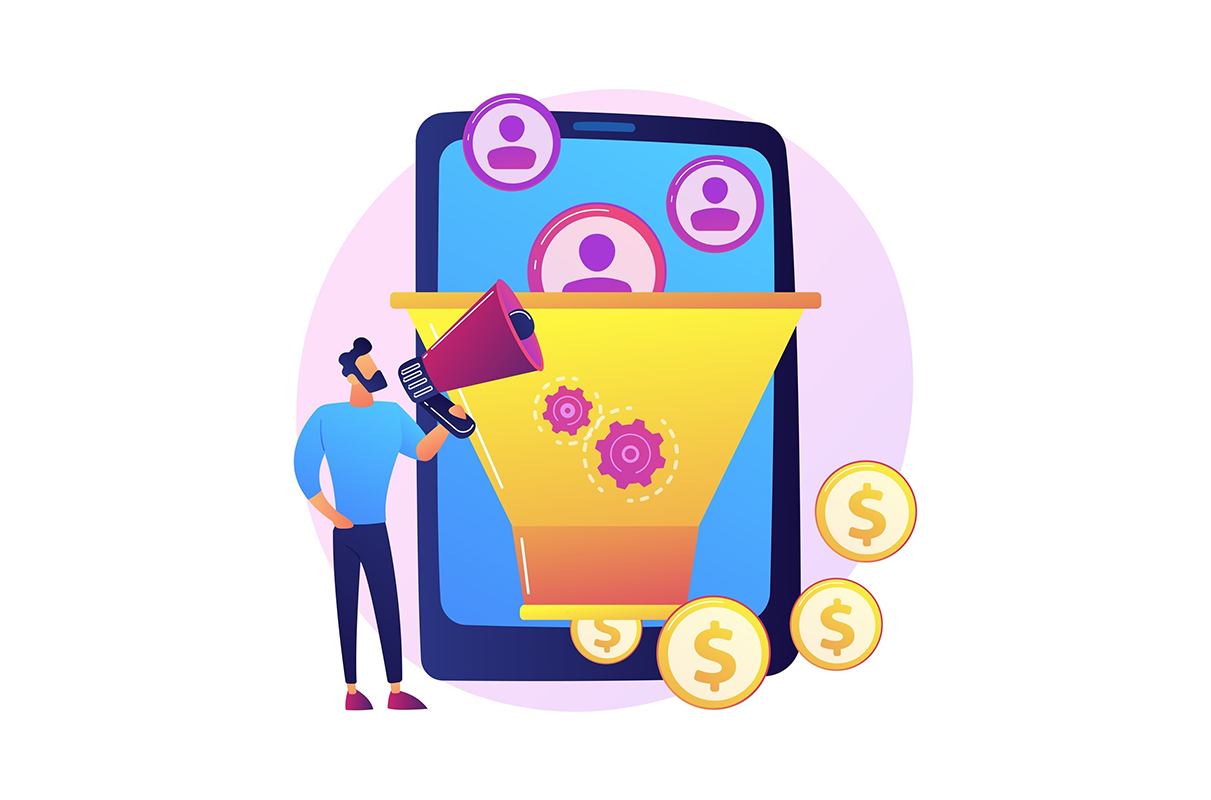Customer loyalty plays a very important role in maintaining a long-term and successful business and requires a detailed understanding of human behavior and their desires. A well-designed loyalty program will help in customer acquisition, engagement, retention and increasing number of loyal guests who repeat purchase thereby boosting revenue. On the other hand, if the program is poorly designed and implemented, it can have a negative impact on the company’s success.
When marketers are designing or improving their loyalty programs they should avoid the following pitfalls:
1. Undefined business objectives:
Loyalty schemes are designed to help customers develop an emotional connection with the brand. It’s of prime importance to understand the business requirements and link it to the overall business objective and brand values.
For a customer loyalty program to be really effective it is important to make customers a priority and keeping the communication consistent so that they can establish a connection with the brand and are offered something valuable.
2. Treating all customers as equal:
It’s extremely important to understand every consumer is unique. Each of them has a different buying behavior and understanding how consumers behave will help design a profitable loyalty program. High-value customers are very vital to your brand as they churn more value to the brand and are loyal.
Hence, it is important to differentiate between customers and treat the high-value customers differently. A key to this is personalizing their reward system and gift them such that they feel special.
3. Complicated program design:
Customers crave a hassle-free rewards program during the entire process of joining a program and claiming rewards. A loyalty program is more as long as it is simple to use and is convenient for the customers. If too many steps are involved in the earning of points people won’t bother to claim their rewards as it’s too much effort.
This will develop resentment among the customers even when the brand message says that they value their customers as they don’t give enough importance to a buyer’s time. A program will be successful provided the entire design of loyalty program is well- communicated and transparent in its approach.
4. Ignoring the data:
The fundamental to a lucrative loyalty program lies in understanding the data collected from consumers every time they shop, review and refer it to others. It’s vital that business collect all this data, analyze it thoroughly and then use this information to create tailor-made rewards for individuals.
5. Frequent changes or no improvement at all:
It’s inadvisable to keep changing the existing mechanics of a reward program too often. Letting a member have enough time to accumulate points and redeem benefits will help businesses gain their trust and establish a bond with them.
If the window between the two is very narrow and the program does not give enough time to earn points and then be able to redeem before expiring, the customers won’t feel appreciated and they will be hesitant in promising the brand their loyalty.
6. Making redemption difficult:
Because of delays and inadequate fulfillment of rewards, some loyalty programs make it very arduous for members to redeem their points and corresponding benefits. This may lead to loss of interest in the program and give up on the brand. Hence, the redemption should be instantaneous and convenient with instant gratification.
7. Not rewarding every purchase:
Quite a few loyalty programs only reward members for some of the purchases they make and hence fail to motivate them to spend more and earn benefits. It is important to pay attention to rewarding the high- value customers because their purchase margins are high but it’s equally important to reward those at the bottom of the pyramid too.
Giving a customized experience to all members at different levels of the pyramid will only prove fruitful to the brand.
By avoiding these common loyalty pitfalls, most of which occur in the program design stage, you can ensure a reasonable chance of launching a successful loyalty program well before you put your program on the market. Retailers need to understand what their customers want, bake in a compelling value proposition; segment your customers; and use data to build relationships and put them front and center when planning the program for optimal success.





